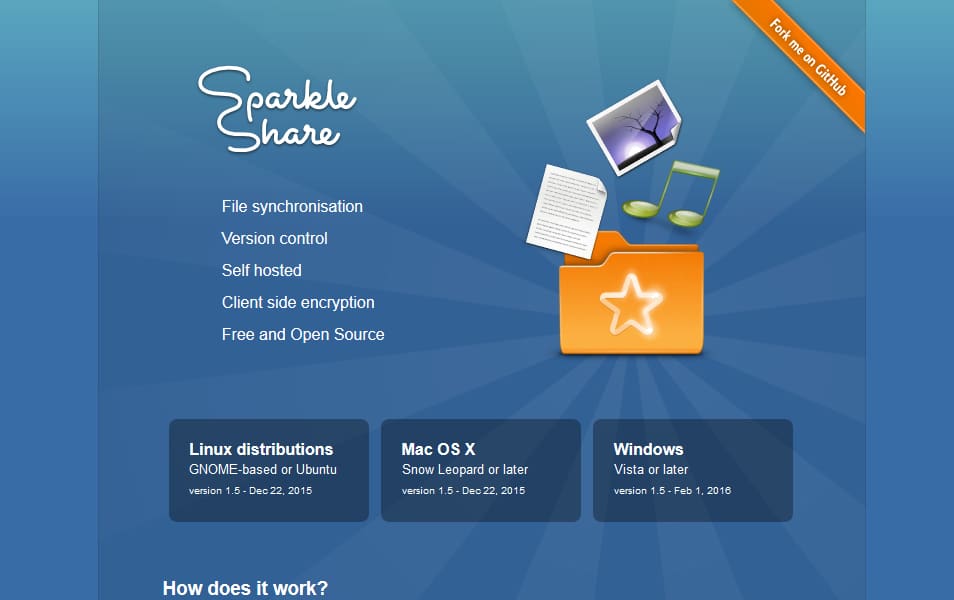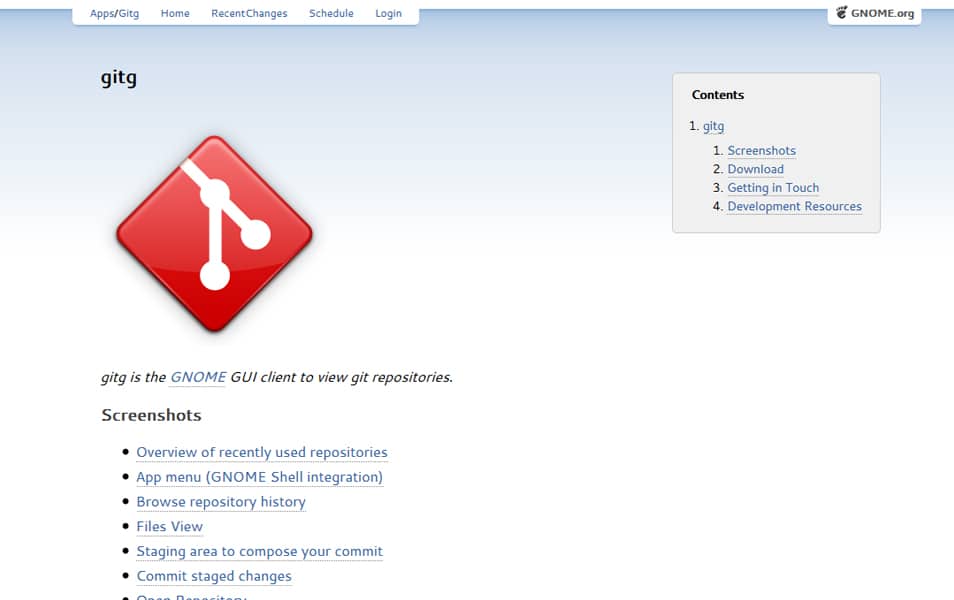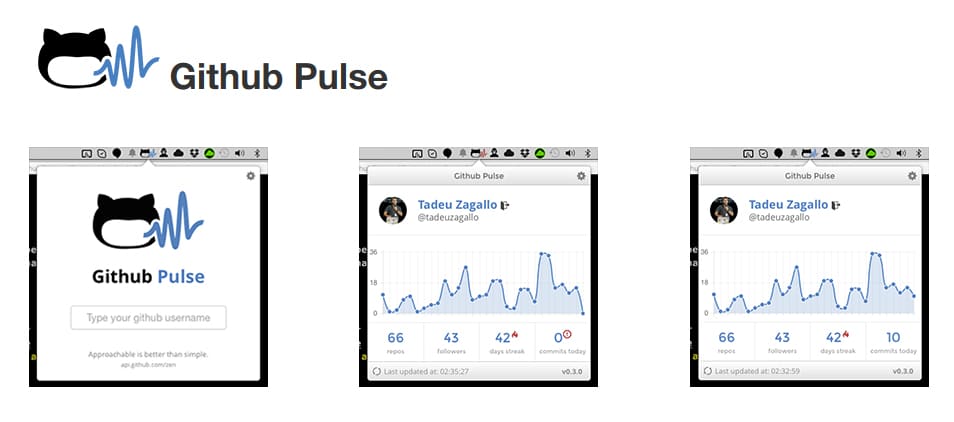

One solution to these problems would be to use a formal Version Control System (VCS), which have long been used in the software industry to manage code. As authors receive new data and feedback from peers and collaborators, maintaining those versions and merging changes can result in an unmanageable proliferation of files. This process is often informal and haphazard, where multiple revisions of papers, code, and datasets are saved as duplicate copies with uninformative file names (e.g. Besides overcoming social challenges to these issues, existing technologies can also be leveraged to increase reproducibility.Īll scientists use version control in one form or another at various stages of their research projects, from the data collection all the way to manuscript preparation.

This requires that scientists share their research artifacts more openly, with reasonable licenses that encourage fair use while providing credit to original authors.
#Git annex tutorial code
In the era of limited funding, there is a need to leverage existing data and code to the fullest extent to solve both applied and basic problems. Such sharing can lower barriers and serve as a powerful catalyst to accelerate progress. Opening up access to the data and software, not just the final publication, is one of goals of the open science movement. By sharing detailed and versioned copies of one’s data and code researchers can not only ensure that reviewers can make well-informed decisions, but also provide opportunities for such artifacts to be repurposed and brought to bear on new research questions.

While post-publication sharing of data and code is on the rise, driven in part by funder mandates and journal requirements, access to such research outputs is still not very common. In an era rife with costly retractions, scientists have an increasing burden to be more transparent in order to maintain their credibility. One such reason has been the lack of detailed access to underlying data and statistical code used for analysis, which can provide opportunities for others to verify findings. While repeating expensive studies to validate findings is often difficult, a whole host of other reasons have contributed to the problem of reproducibility. Advances over the years have resulted in the development of complex methodologies that allow us to collect ever increasing amounts of data. Reproducibility also allows others to build upon existing work and use it to test new ideas and develop methods. Reproducible science provides the critical standard by which published results are judged and central findings are either validated or refuted.


 0 kommentar(er)
0 kommentar(er)
